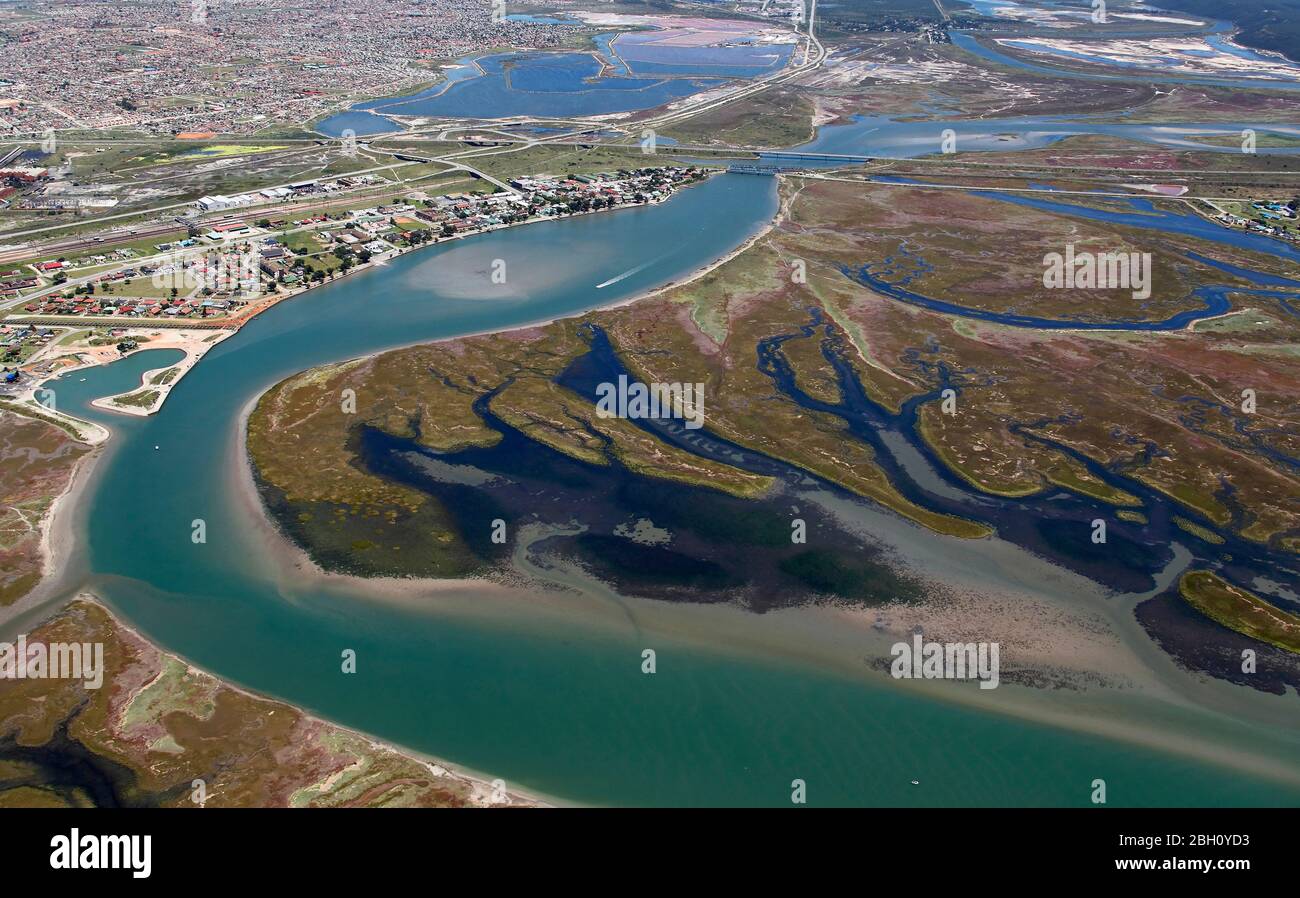Introduction
The Swartkops River, located in the Eastern Cape of South Africa, is a vital waterway that plays a significant role both ecologically and economically in the region. Known for its biodiversity and as a source of fresh water, the river supports a range of ecosystems and is integral to the local communities that depend on it for agriculture, fishing, and recreation. Recent environmental developments and conservation efforts have highlighted the importance of this river system in ensuring sustainability and protecting natural resources.
Current Events and Environmental Significance
In recent months, several initiatives have been launched to address pollution and preserve the ecological integrity of the Swartkops River. The local government, in collaboration with various environmental organizations, has been working on projects aimed at reducing waste runoff and improving water quality. According to a report from the Eastern Cape Department of Economic Development, Environmental Affairs and Tourism, studies conducted in the area have shown alarming levels of pollutants, prompting urgent action to mitigate these issues.
One of the most notable efforts is the ‘Clean Up the Swartkops’ campaign, which advocates for community involvement in maintaining the river’s health. Local volunteers, alongside NGOs, have organized river clean-ups, educational programs in schools, and workshops to increase awareness of the importance of preserving this vital waterway. These events attract attention to the river’s threatened habitats, such as salt marshes and estuaries that support various bird species and marine life.
Challenges Facing the River
Despite these positive efforts, the Swartkops River still faces several challenges. Urban development, industrial pollution, and sedimentation due to inadequate land management practices are significant threats to its biodiversity. The city’s expansion has led to the degradation of natural habitats and has raised concerns about the impact of human activity on the river’s ecosystem.
Conclusion
The ongoing initiatives to restore and preserve the Swartkops River represent a commitment to environmental sustainability and community well-being. As more people become engaged in protecting the river, the hope is that the efforts will inspire long-term change and recovery of this precious natural resource. The health of the Swartkops River is crucial not just for the immediate surrounding communities but also for the broader ecological functions that it supports. Continued advocacy and conservation will be essential in ensuring that future generations can enjoy the diverse ecosystems that the Swartkops River provides.


